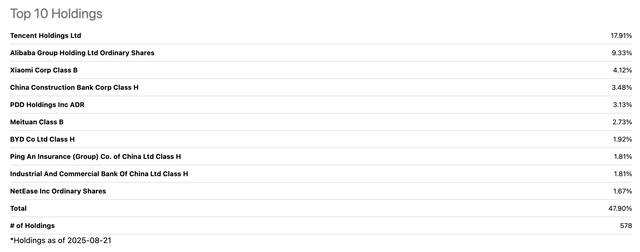Tech Boost for LDCs: How AI & Frontier Technologies Can Unlock Global Trade Potential

Bridging the Trade Gap: Technology's Role in Least Developed Countries
For the world’s least developed countries (LDCs), the path to sustainable economic growth is paved with challenges. Limited infrastructure, inadequate access to capital, and complex trade barriers often hinder their ability to participate fully in the global marketplace. However, a powerful catalyst for change is emerging: technology. Specifically, the transformative potential of artificial intelligence (AI) and frontier technologies is creating unprecedented opportunities to boost trade and prosperity in these regions.
The AI Revolution in Trade
The impact of AI and other advanced technologies is already being felt globally, driving efficiency and streamlining processes in developed and some developing nations. But the benefits extend far beyond these established economies. Consider the simple act of exchanging documents. Traditionally, this process can be cumbersome, time-consuming, and prone to errors. Digital exchange, powered by AI, eliminates paperwork, reduces delays, and minimizes the risk of discrepancies. This seemingly small change can have a significant impact on LDCs, allowing them to engage in trade more effectively.
Beyond Document Exchange: A Wider Range of Applications
The possibilities extend far beyond document digitalization. AI-powered platforms can:
- Optimize Supply Chains: Predict demand, manage inventory, and reduce transportation costs, ensuring goods reach markets efficiently.
- Facilitate Access to Finance: AI algorithms can assess creditworthiness based on alternative data sources, enabling LDCs to secure financing for trade-related activities.
- Improve Customs Clearance: Automated systems can expedite customs procedures, reducing bottlenecks and facilitating the movement of goods.
- Enhance Market Access: AI-driven translation tools and market intelligence platforms can help LDCs identify and penetrate new markets.
- Combat Fraud and Counterfeiting: Blockchain technology, a frontier technology, can provide secure and transparent tracking of goods, reducing the risk of fraud and protecting intellectual property.
Challenges and Opportunities
While the potential is immense, realizing the full benefits of technology requires addressing several key challenges. These include:
- Digital Infrastructure Deficits: Many LDCs lack the necessary infrastructure – reliable internet access, electricity, and digital devices – to support widespread technology adoption.
- Skills Gap: A shortage of skilled workers capable of utilizing and maintaining these technologies is a significant barrier.
- Regulatory Frameworks: Clear and supportive regulatory frameworks are needed to foster innovation and protect consumers while mitigating potential risks.
- Data Privacy and Security: Robust data protection measures are essential to ensure the responsible and ethical use of AI.
However, these challenges also present opportunities. Investing in digital infrastructure, providing training and education programs, and developing appropriate regulatory frameworks can unlock the transformative power of technology for LDCs. International cooperation and partnerships are crucial to providing the necessary financial and technical assistance.
The Path Forward: A Collaborative Effort
The integration of AI and frontier technologies into the trade landscape of LDCs is not merely a technological imperative; it is a moral one. By empowering these nations to participate more fully in global trade, we can contribute to a more equitable and sustainable world. It requires a collaborative effort involving governments, businesses, international organizations, and civil society to ensure that the benefits of technology are shared by all, particularly those who stand to gain the most.






